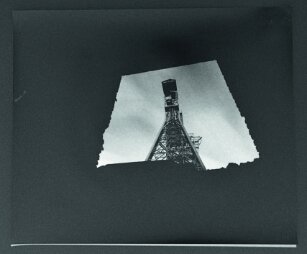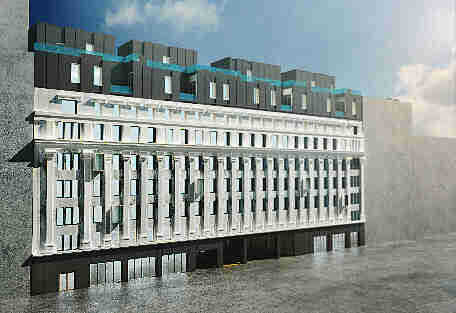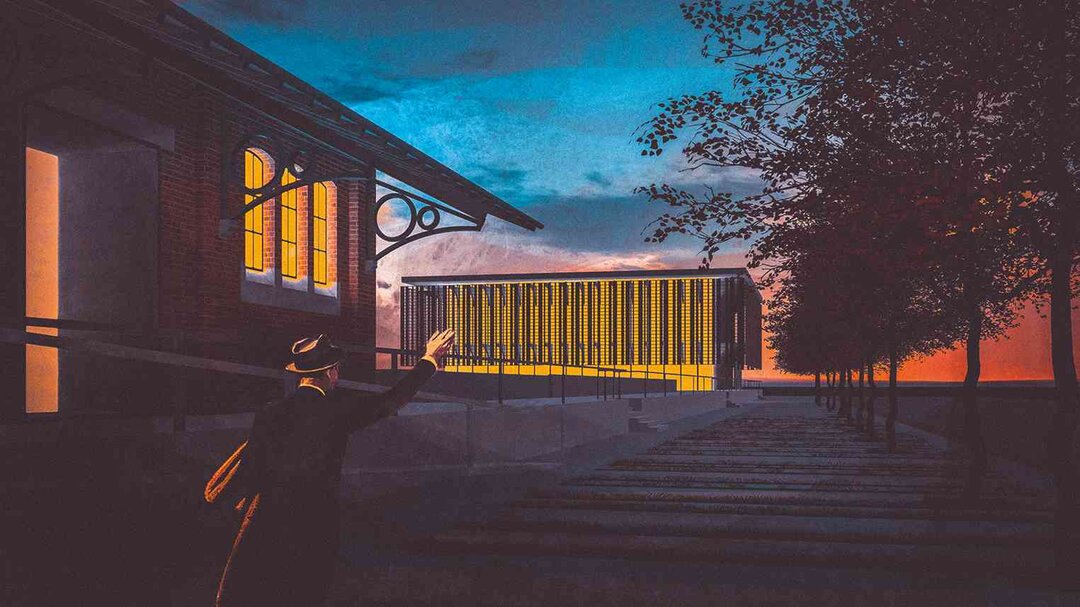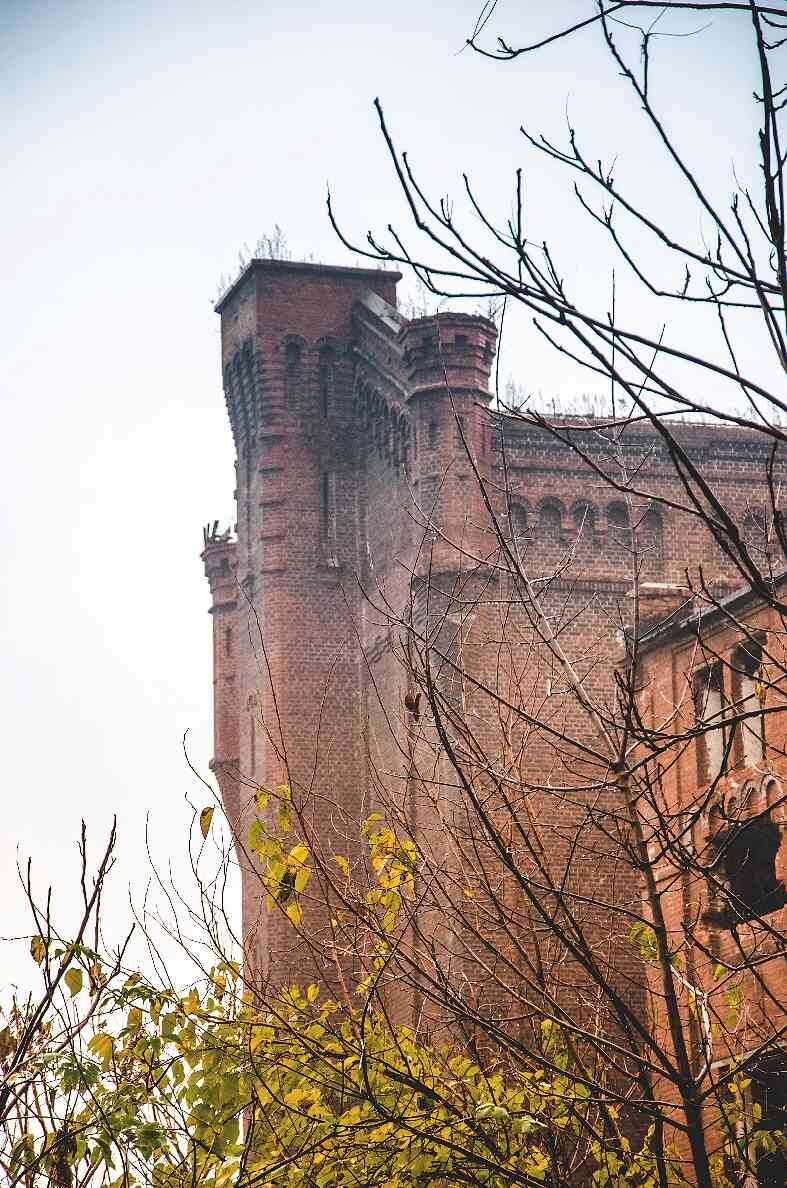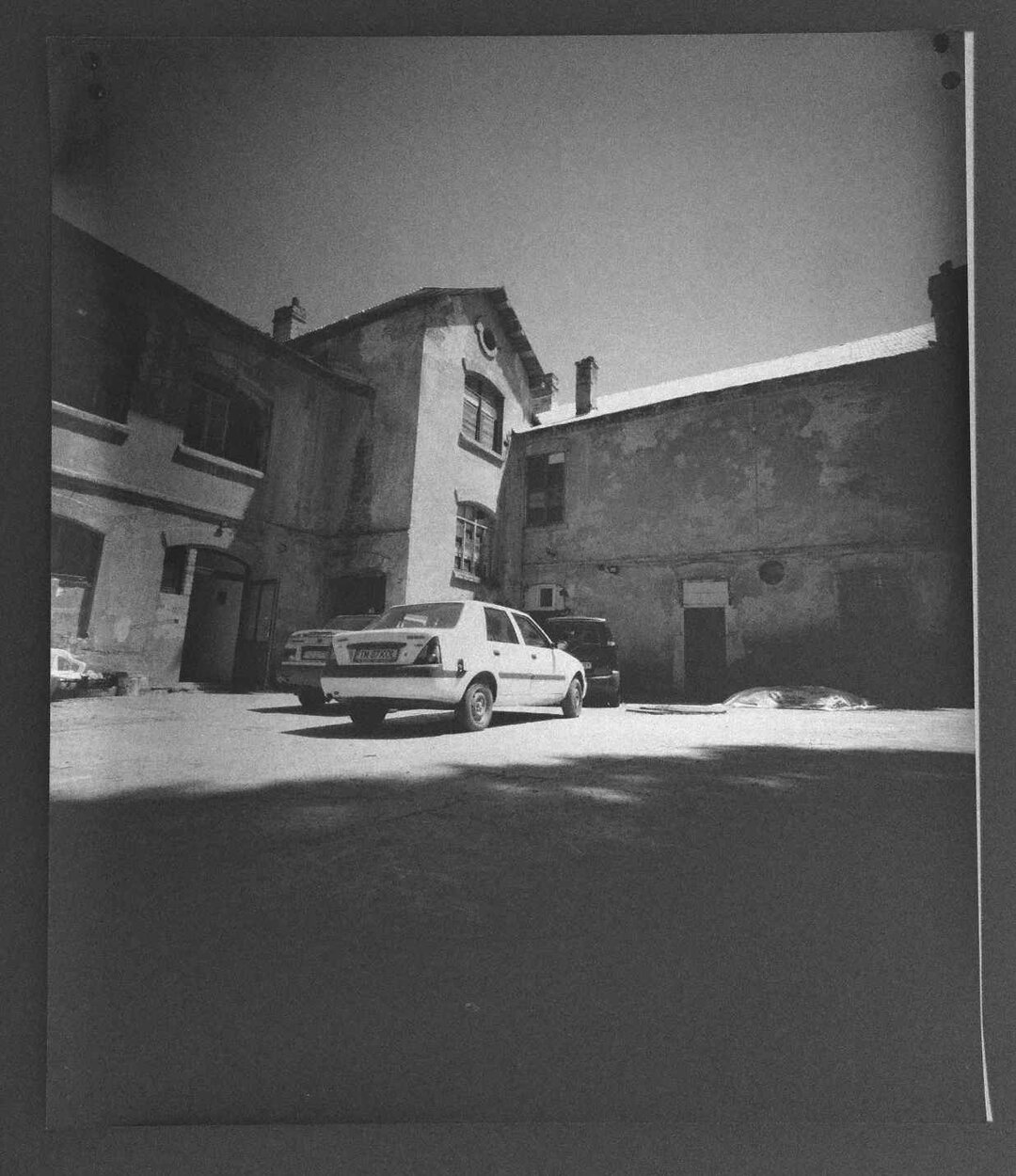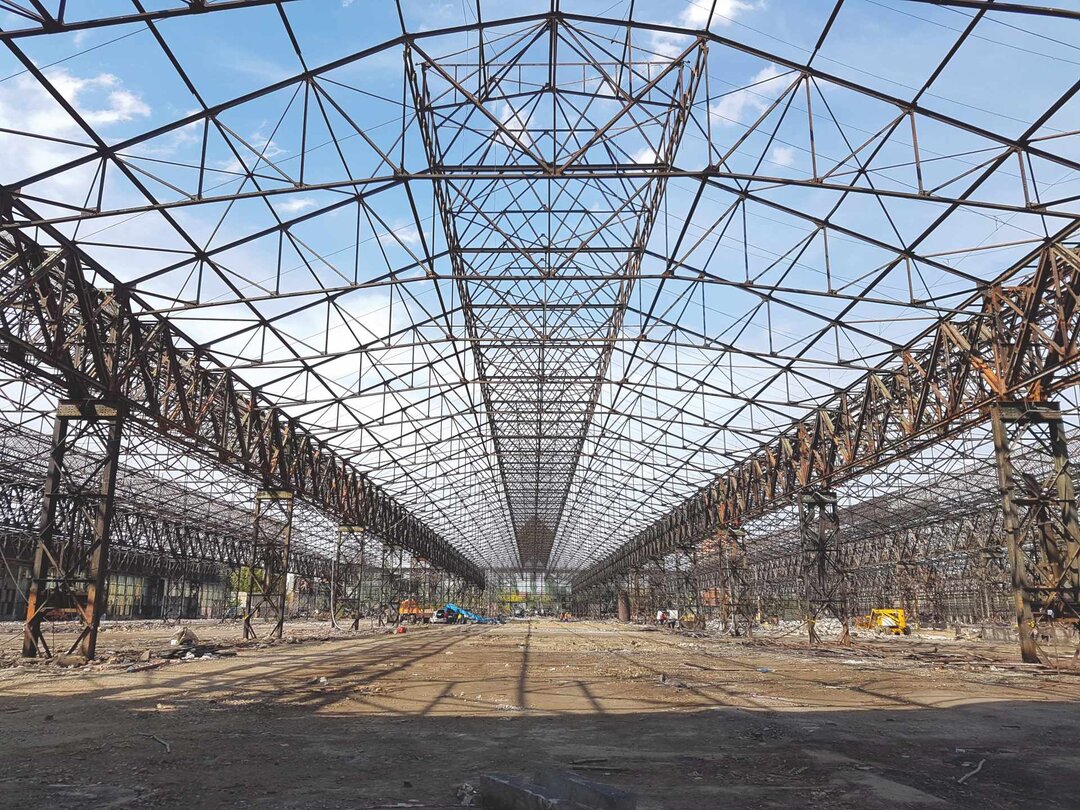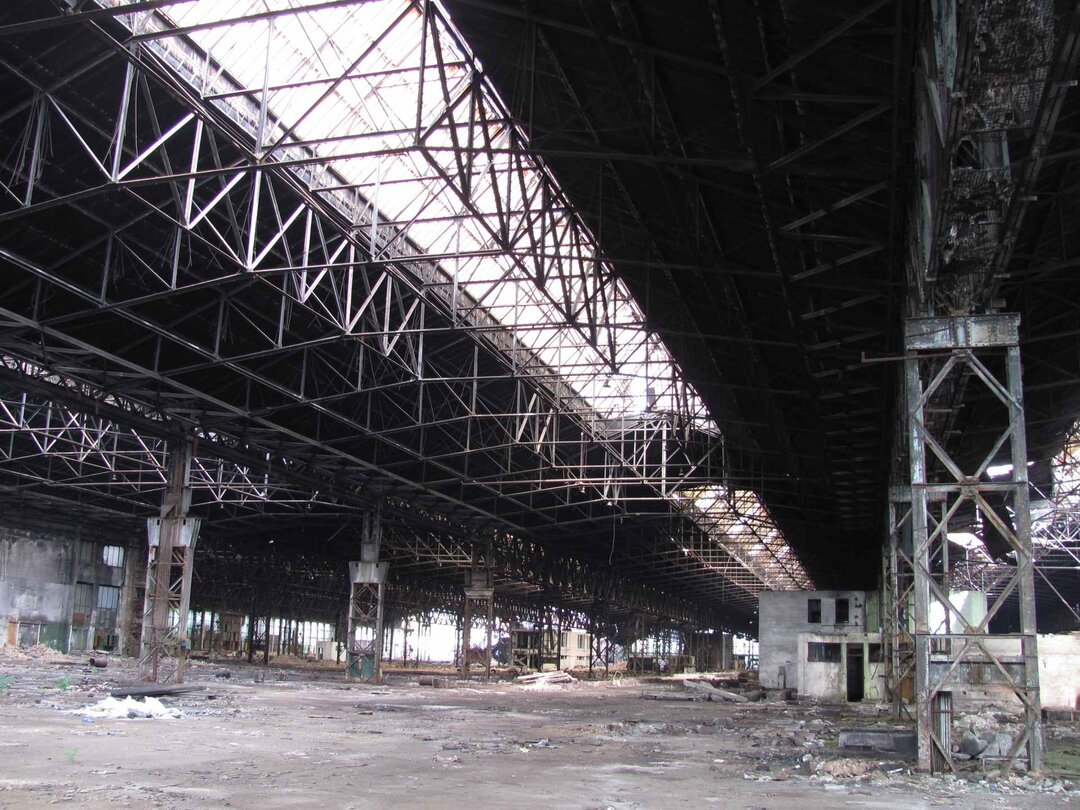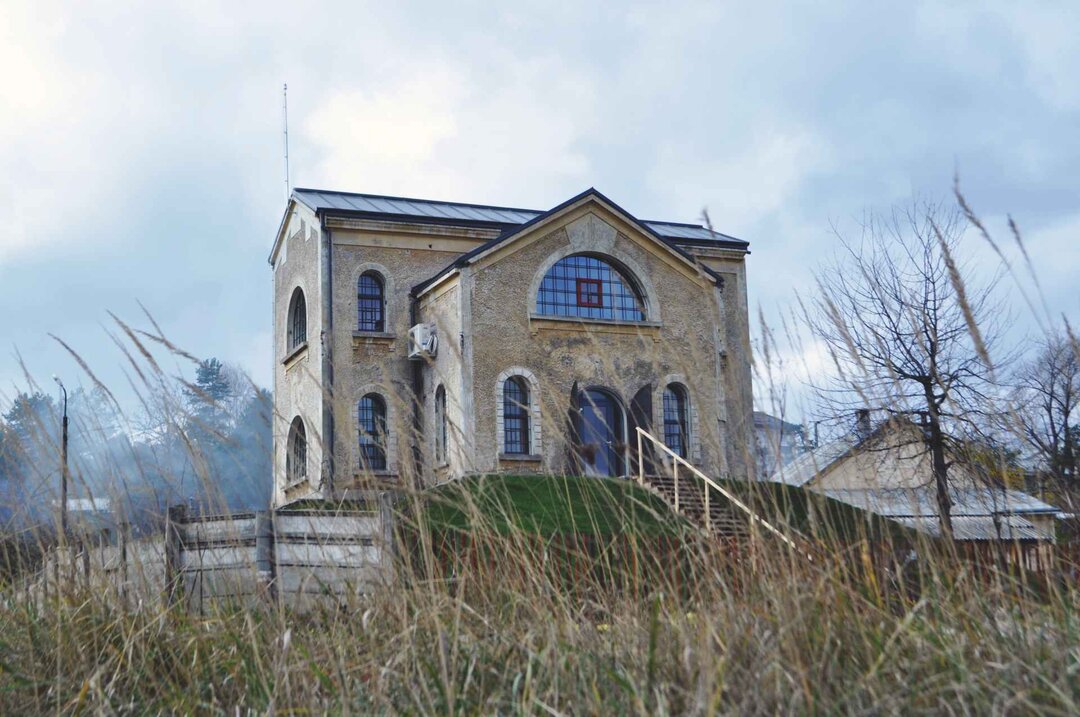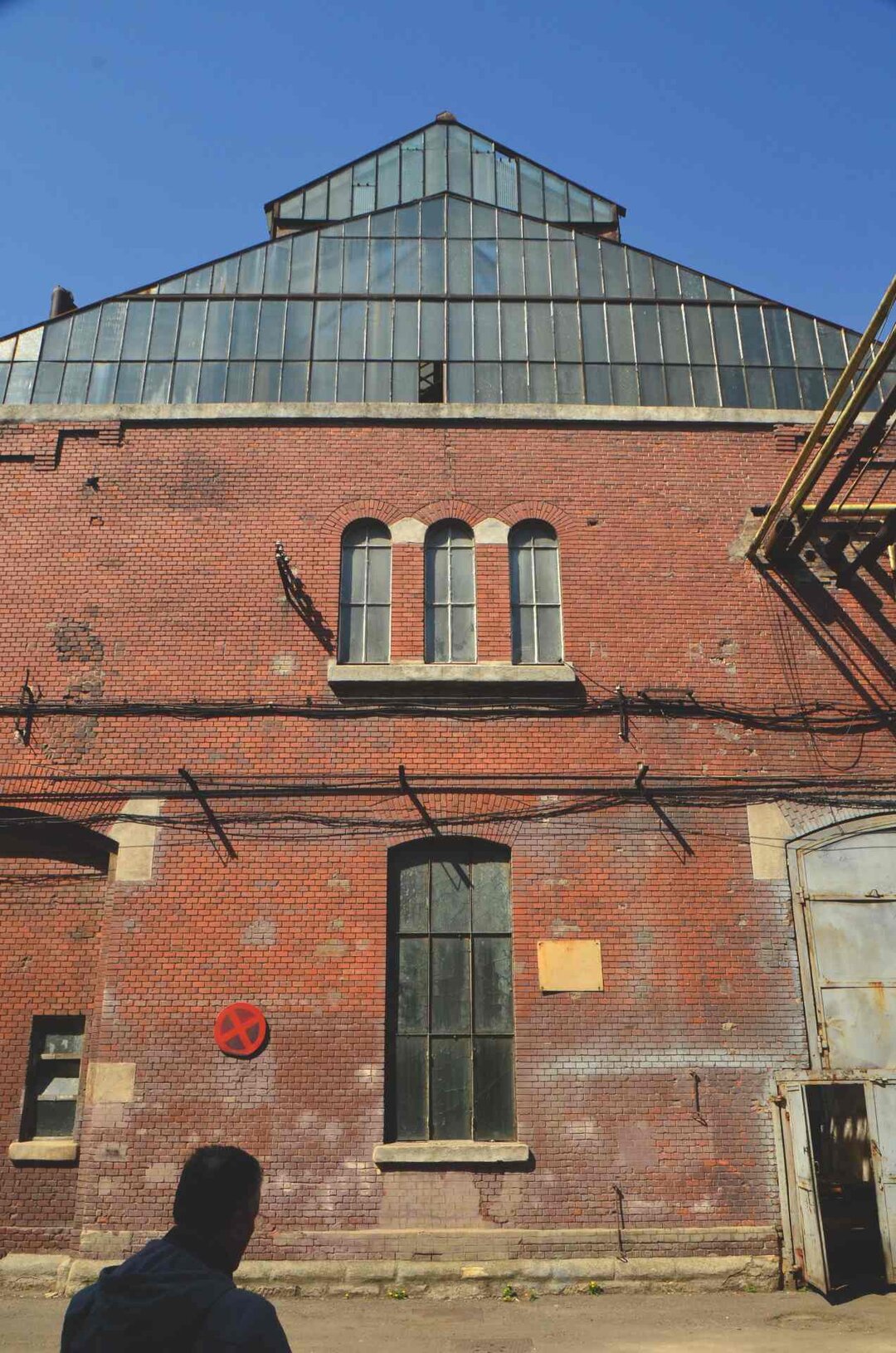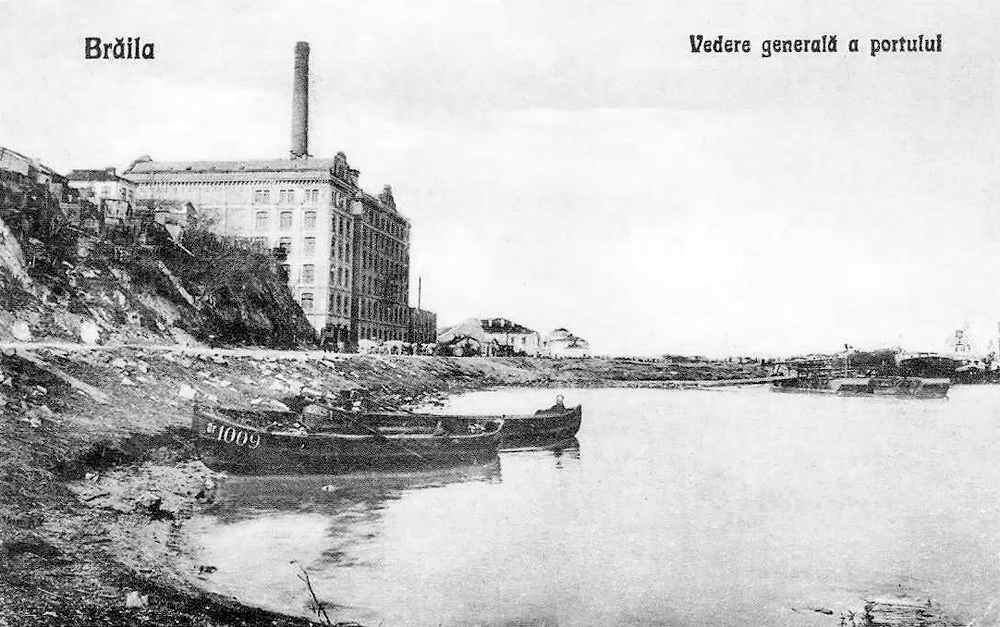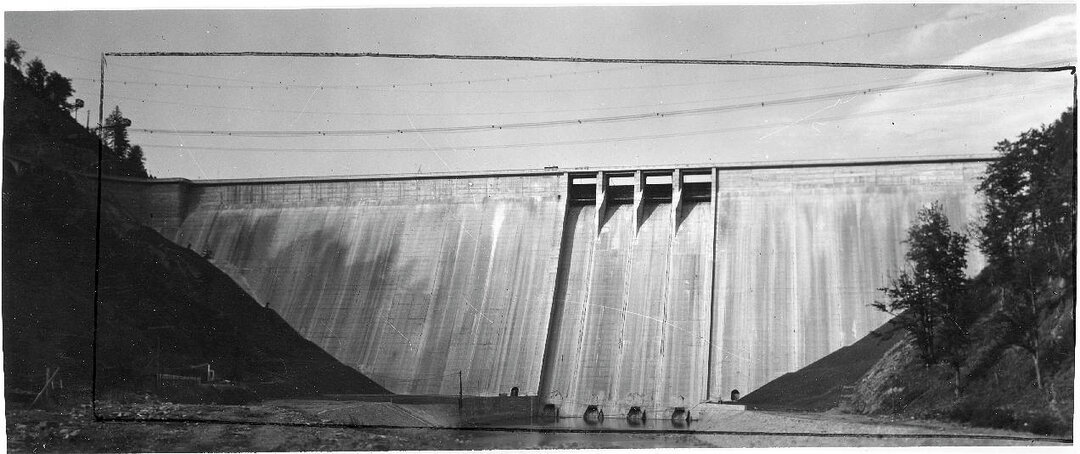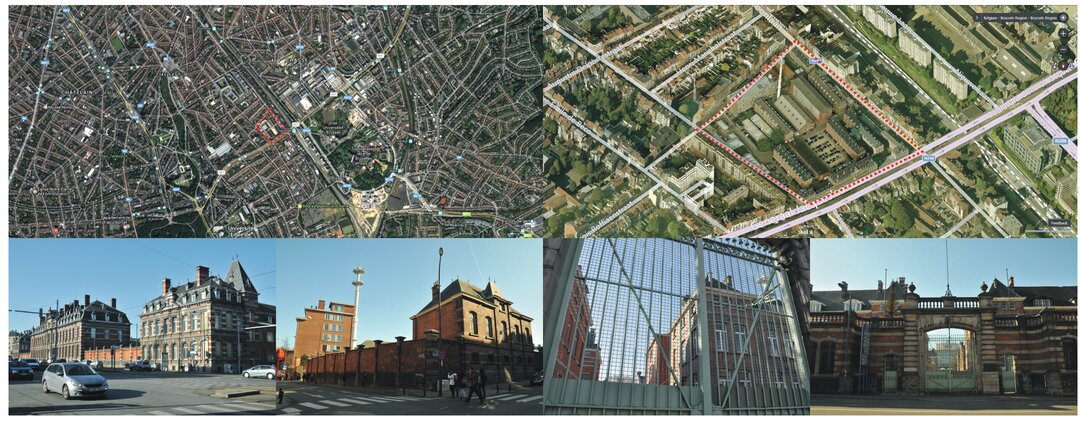
From U.A.R. photo archive - BICAZ hydropower plant
From U.A.R. photo archive

BICAZ hydropower plant
text: Maria MĂNESCU
The decision to build the Bicaz hydroelectric power station was taken a month after the approval of the ten-year electrification plan for Romania, 1951-1961. The dam is 127 meters high and at the time was the largest dam in Romania and the fourth largest in Europe. Thus, five years after the end of the Second World War, Romania took on a huge investment of 11 billion dollars, the foundations of which had already been laid in 1908, namely the commissioning of the Bicaz - Stejaru energy system.
Some 20,000 people, political prisoners and activists, worked on the Bicaz hydropower plant site in harsh conditions, with brute force, with the wheel and the shovel. Many did not survive.
Despite the harsh working conditions, most of those who survived speak of their years at Bicaz as a school of life. Inexperienced, uprooted men from families of the poor and deportees, they learned the trade so well here that they later ended up working on other hydropower sites around the country.
The work on the dam not only impacted the lives of those who worked on the site, but also those who were displaced: 20 villages with almost 20,000 thousand people were razed to make way for the dam. Because the people refused to leave, the Metropolitan of Moldavia ordered the churches to be moved first...
The construction took 10 years. (M.M.)


